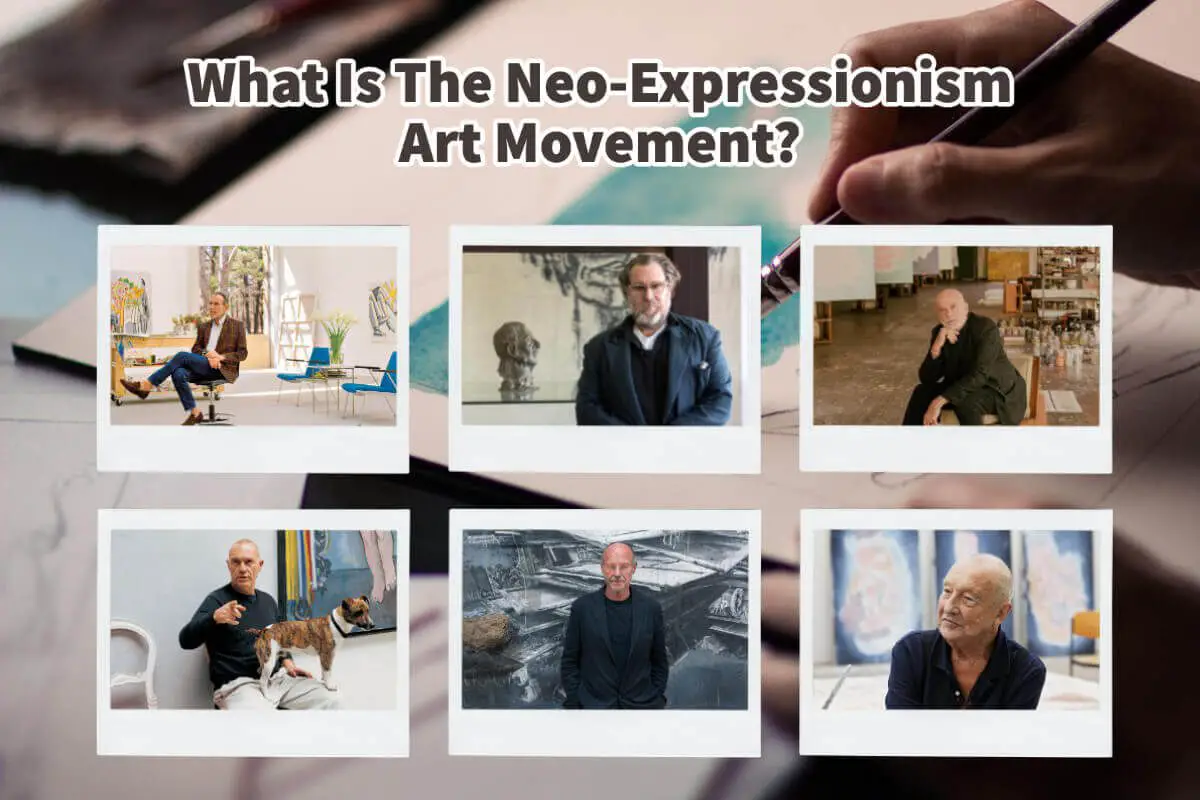Neo-Expressionism is an often overlooked art movement from the 20th century. It may not have achieved the same fame as Impressionism or Renaissance movements, but its use of bold colors and dramatic composition still resonates with many viewers today.
Neo-Expressionism is a modern-day art movement that expresses emotion through intense and complex painting. Neo-Expressionism painters will use bright, vibrant colors and thick brush strokes to convey their emotions. Neo-Exppressionsim artists use traditional art techniques to create modern works while simultaneously challenging popular artistic conventions.
Table of Contents
Neo-Expressionism Art Movement Explained
Neo-Expressionism is an art movement that expresses emotion with intense and complex paintings. Neo-Expressionist works are characterized by bright, vibrant colors and thick brush strokes that convey the artist’s innermost emotions.
Neo-Expressionists believed in using traditional techniques to create modern works that challenged popular artistic conventions of the time. The Neo-Expressionist movement began in the late 1970s and quickly gained popularity within Europe.
The Neo-Expressionism art movement has been heavily influenced by various artists, including Georg Baselitz, Anselm Kiefer, Sandro Chia, Francesco Clemente, Julian Schnabel, and David Salle. These artists are known for their vibrant works focusing on identity, mortality, and personal struggles.
Georg Baselitz – An Neo-Expressionism Artist

One of the most prominent Neo-Expressionist painters is Georg Baselitz. Georg Baselitz was born in 1938 and was a German painter, sculptor, and graphic artist. In the 1960s, he became well-known for figurative and expressive paintings.
In 1969 he began to paint his subjects upside down to try to overcome the representational, content-driven character I was in earlier works. He did this as he wanted to stress the artifice of painting and not just the subject matter. He has continued throughout his artistic career to painting his paintings vertically.

Georg Baselitz is best known for his abstract paintings, which often feature distorted figures. His most famous work is “The Great Friends” (1974) and “The Witch”
Anselm Kiefer – An Neo-Expressionism Artist
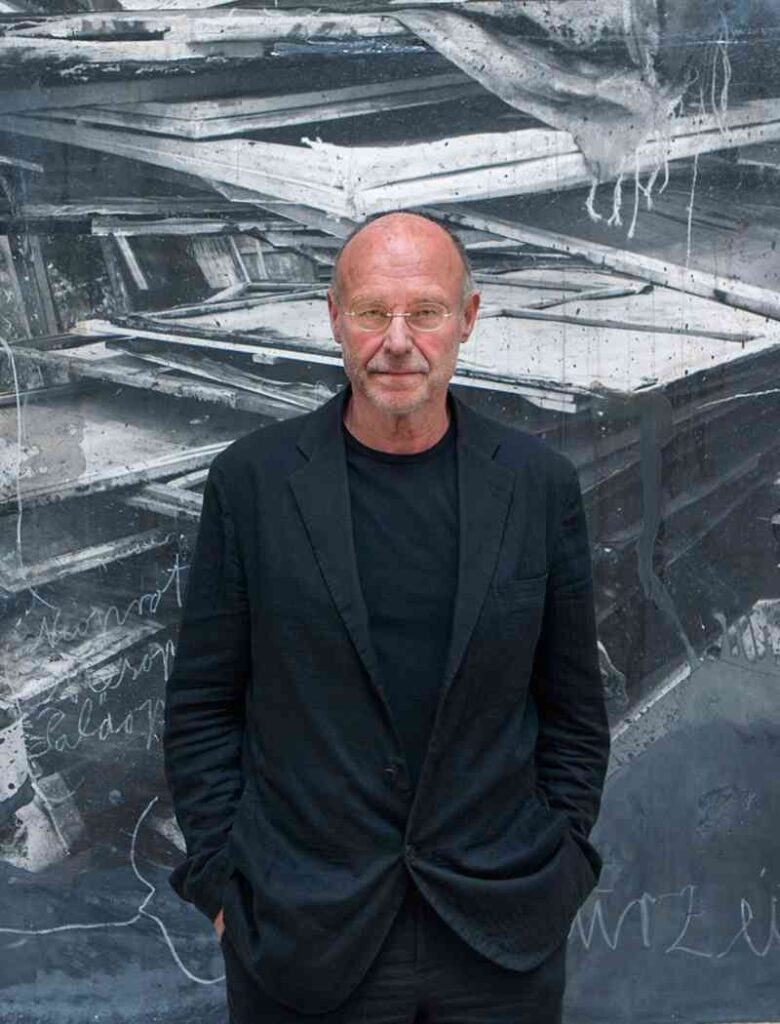
Another Neo-Expressionist artist is Anselm Kiefer. Anselm Kiefer is a German painter and sculptor who was born in 1945.
His works are often large-scale and incorporate elements of both natural and industrial materials, such as straw, ash, clay, lead, and shellac. His work addresses the past, along with incredibly taboo and controversial issues.
Many of his works have themes about the German Nazis. At the core of his work, he is trying to break free from his culture’s dark past.

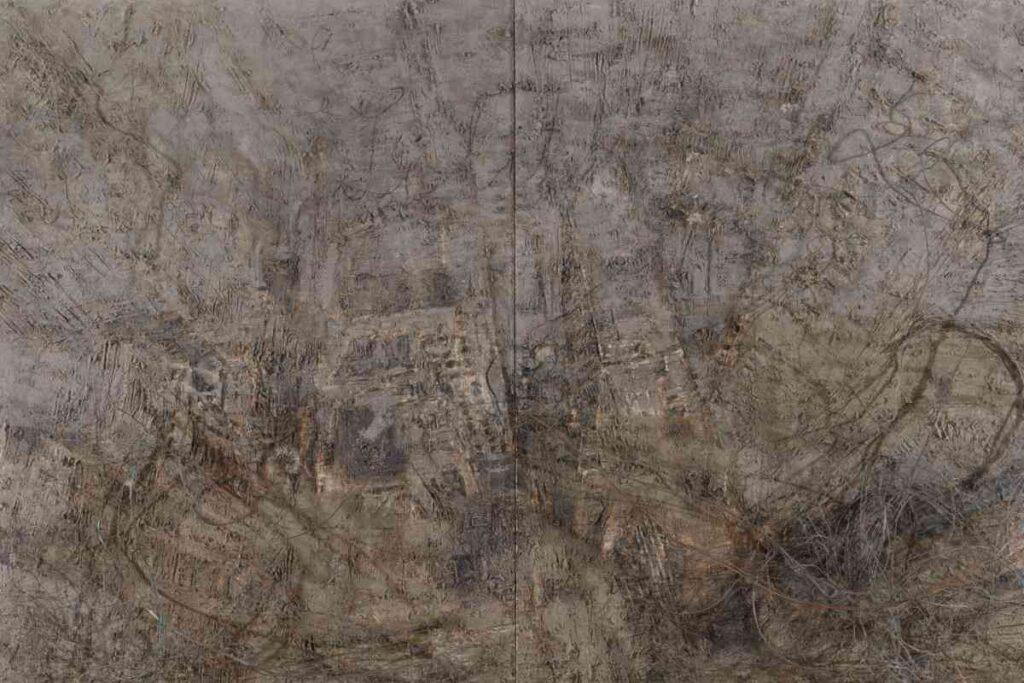
Examples of his Neo-Expressionist paintings include “Mountain II” (1984) and “Lilith” (1987).
Sandro Chia – An Neo-Expressionism Artist
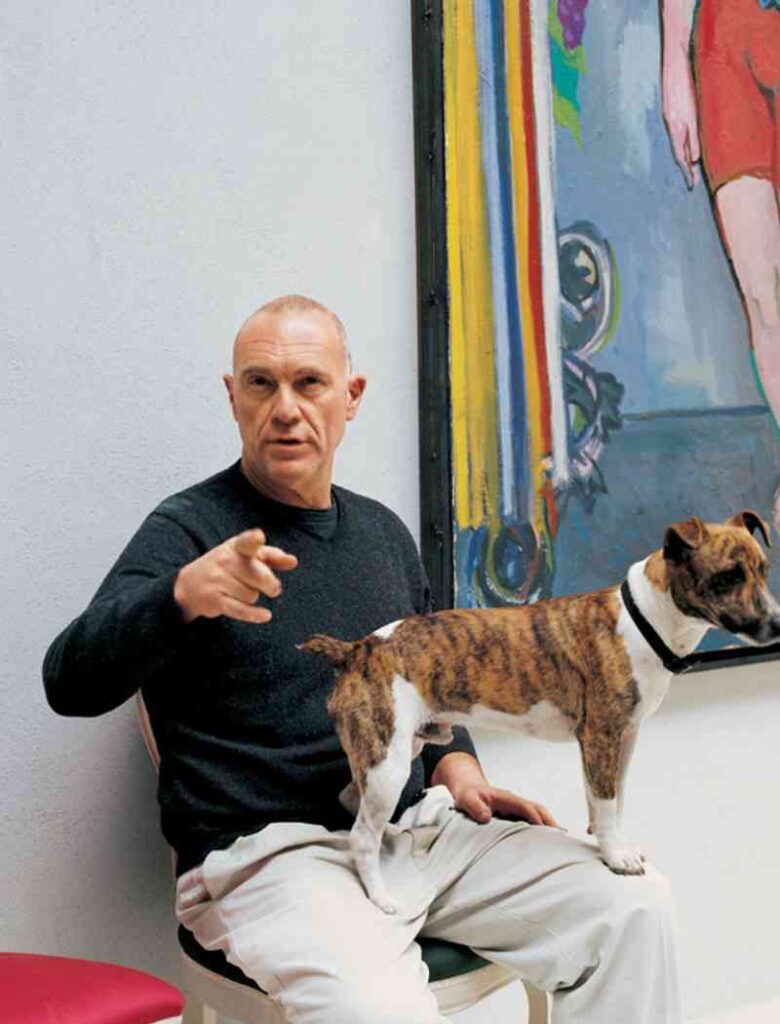
Sandro Chia is another Neo-Expressionist painter whose works primarily focus on themes of mythology and classical literature. He was born in 1946 and is an Italian painter and sculptor; he is considered a leading member of Italian Neo-Expressionism.

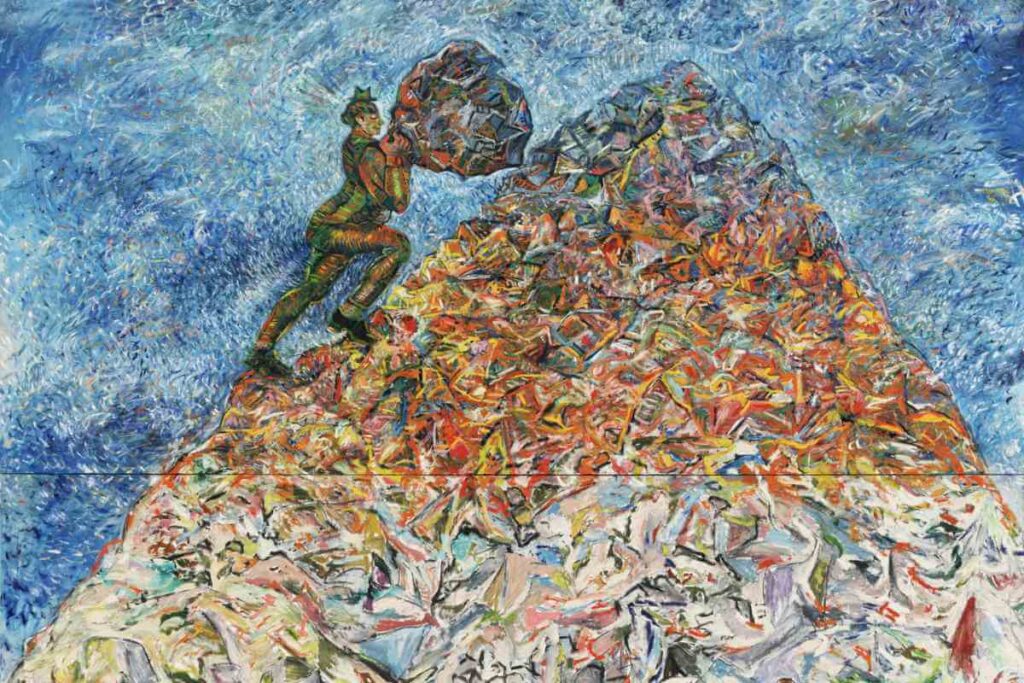
His most famous Neo-Expressionist works include “Water Bearer” (1984) and “The Idleness of Sisyphus (1981).
Francesco Clemente – An Neo-Expressionism Artist
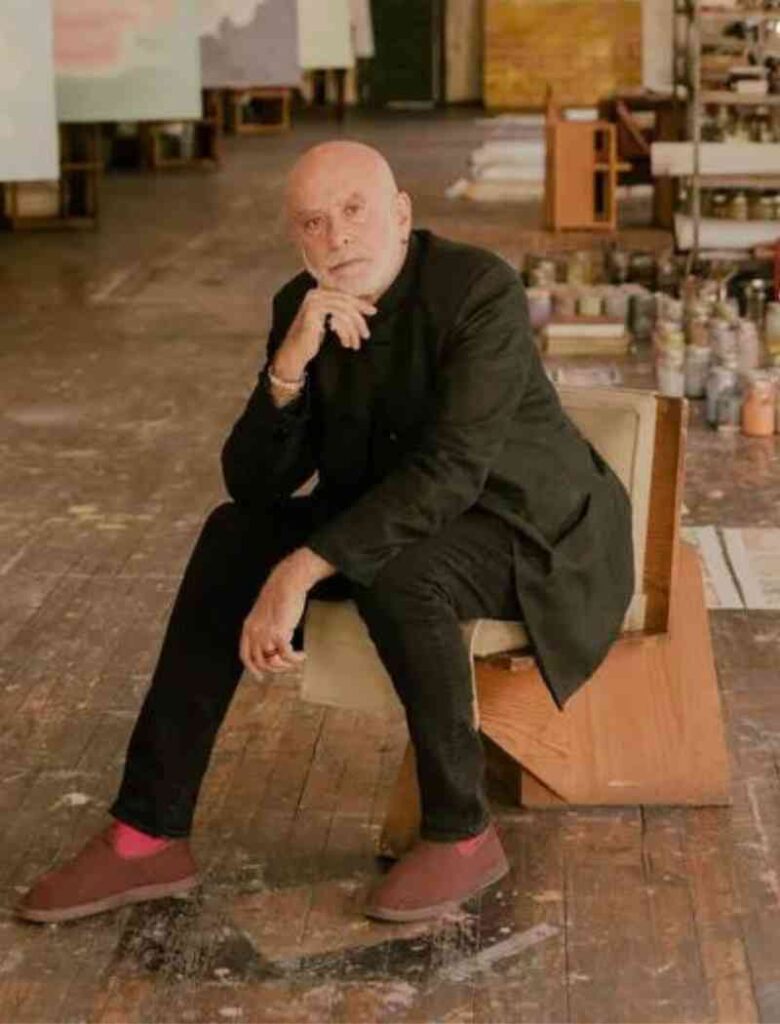
The Neo-Expressionist painter Francesco Clemente is known for his vivid use of color and blend of Eastern and Western faiths. He is an Italian artist that was born in 1952.
He has lived and worked worldwide, including in Italy, India, and New York City. That is why much of his work is influenced by India’s traditional art and culture.


His Neo-Expressionist paintings include “Map of What is Effortless” (1984) and “Milarepa’s Circle” (1982).
Julian Schnabel – An Neo-Expressionism Artist

Julian Schnabel is a Neo-Expressionist painter known for combining traditional painting techniques with modern materials, such as broken plates, to create unique works of art. Born in 1951, he is an American painter and filmmaker.
Since the 1990s, he has been a proponent of independent films and has directed some award-winning art house films; he has won several “best director” awards for his films.
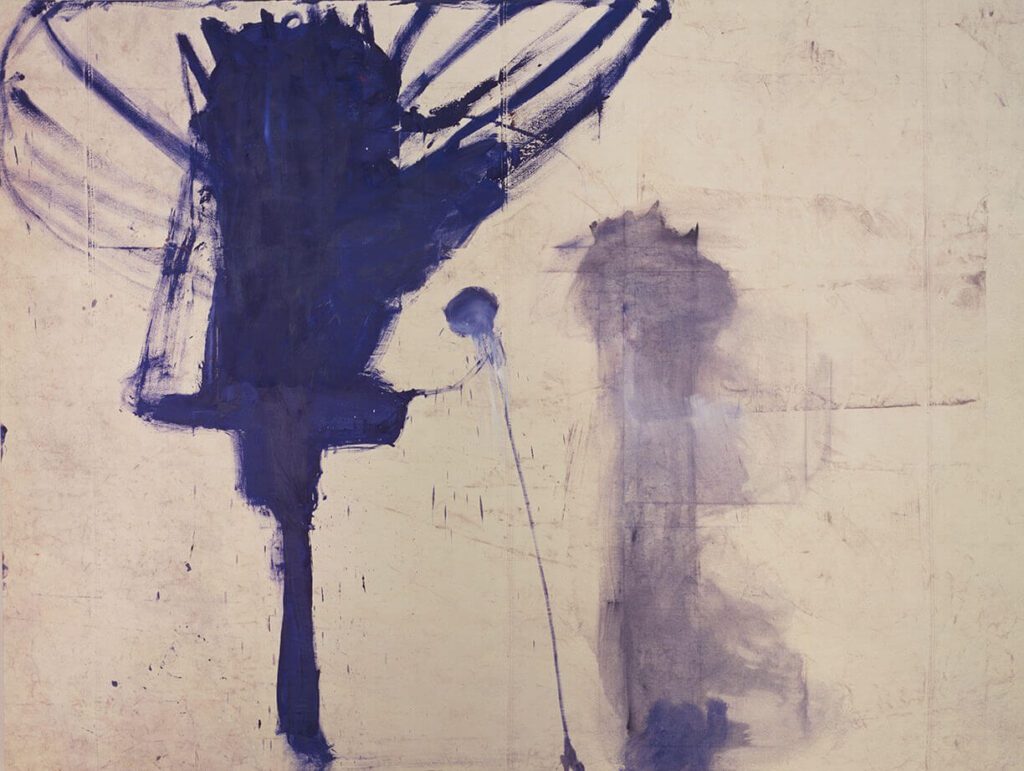

Julian Schnabel’s Neo-Expressionist paintings include “Portrait of God” (1981) and “The Student of Prague” (1983).
David Salle – An Neo-Expressionism Artist

The Neo-Expressionist painter David Salle is best known for his works that explore various topics such as identity, politics, and sexuality. He was born in 1952 and is an American painter, printmaker, photographer, and stage designer.
A lot of David Salle’s work came to the public’s attention in the 1980s in New York City.
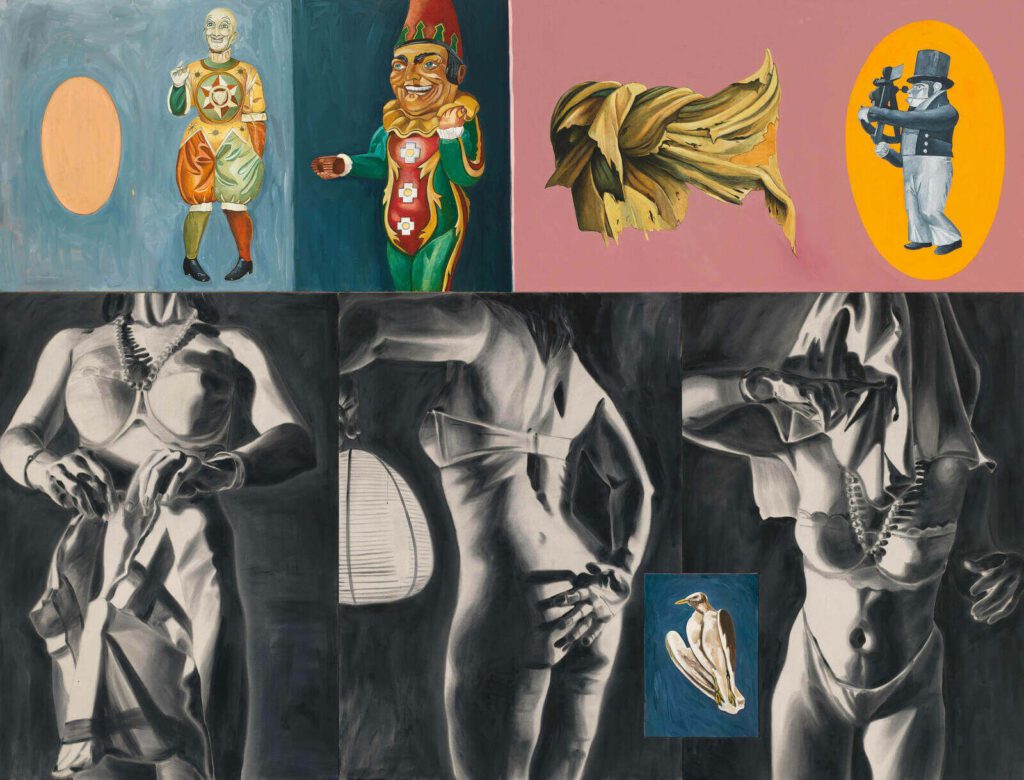
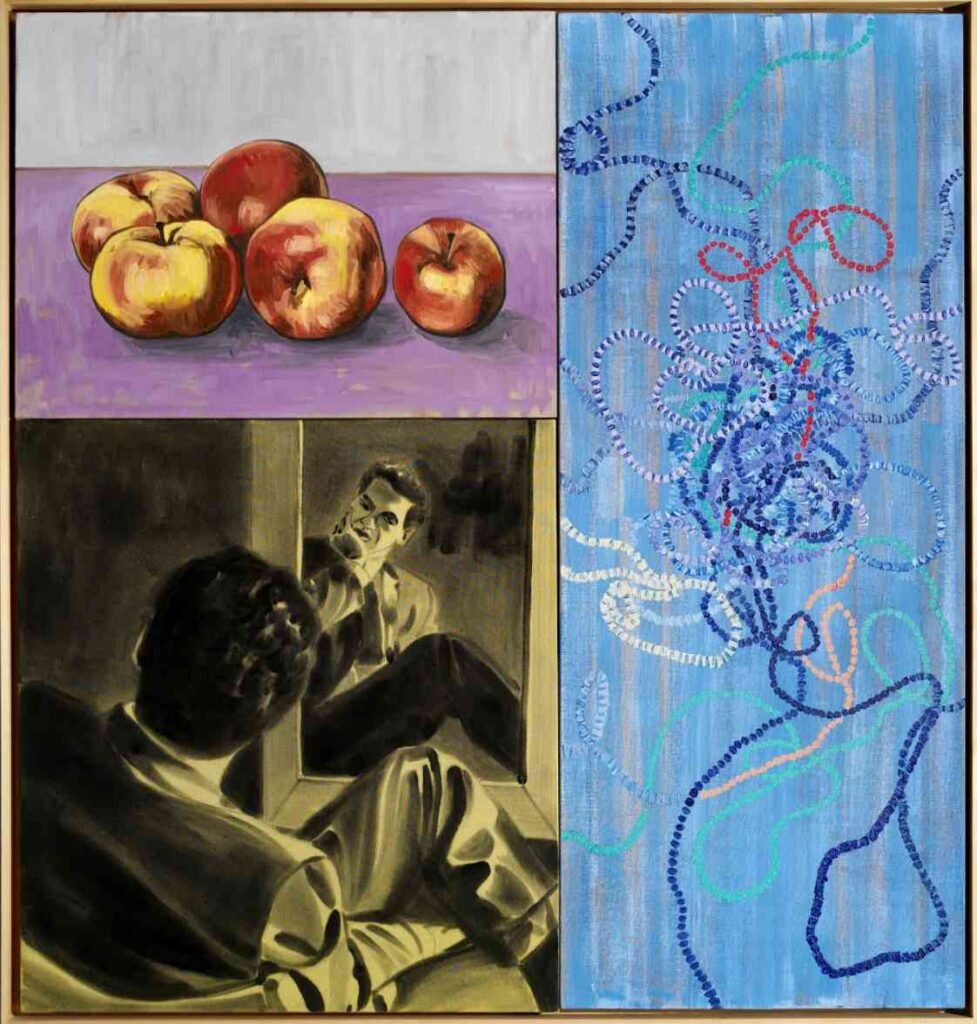
Examples of David Salle’s Neo-Expressionist paintings include “Sextant in Dogtown (1987) and “Mirror (Blue)” (1998).
The Neo-Expressionism art movement plays a vital role in modern-day art by continuing to challenge popular conventions. Neo-Expressionist works seek to explore the artist’s innermost emotions and give voice to their struggles.
The Neo-Expressionist movement has had a lasting impact on the international art world and continues to influence modern-day artists. Neo-Expressionism remains one of the most prominent artistic movements in contemporary culture, with its works continuing to inspire new generations of artists.
The Neo-Expressionism art movement will continue to remain relevant for many years to come.
Anita Louise Art is dedicated to art education, great artists, and inspiring others to find and create their art. We love art that uplifts and inspires. #ArtToMakeYouSmile! #ArtToMakeYouHappy!
If you are interested to see any of my art, you can find out more by clicking here. If you are interested in what inspires me and my paintings, you can discover more by clicking here.
We have a free newsletter and would love you to be part of our community; you can subscribe to the newsletter by clicking here. If you have any questions, I would be happy to talk to you. You can reach me, Anita, by clicking here.
Subscribe to our Anita Louise Art YouTube Channel filled with great videos and information by clicking here.
Join us for our podcast “5 Minutes With Art.” Spend just 5 minutes a week with us to discover and learn about great art and artists. You can find out more about our podcast by clicking here.
Related Questions
What Was The Focus Of Renaissance Art?
The focus of Renaissance art was on the classics of Greek and Rome, humanist philosophy, and the study of the human figure. Realism was also an essential part of renaissance art. The great artists of the Renaissance also became great anatomists and studied human beings.
By clicking here, you can learn more by reading What Was The Focus Of Renaissance Art?.
What Is The Importance Of Art From The Renaissance Period?
Renaissance art is essential as it was a time of rebirth and discovery. Artists like Leonardo da Vinci, Michelangelo, and Raphael were at the forefront of that change, creation, and discovery. Renaissance art has influenced art and artists for many centuries and continues to influence artists today.
By clicking here, you can learn more by reading What Is The Importance Of Art From The Renaissance Period?.
Did Leonardo da Vinci Believe In God?
Leonardo did not tell us what his belief in God was, but there is evidence that is left that suggests that he held fast to many Christian ideals and beliefs. People such as the artist and author Giorgio Vasari, who knew him and wrote about him, spoke of his character and what a great man he was.
By clicking here, you can learn more by reading Did Leonardo da Vinci Believe In God?.

